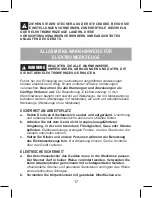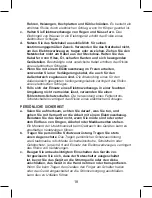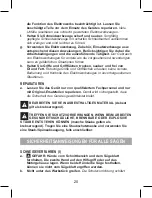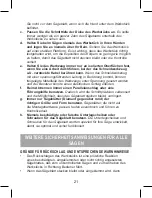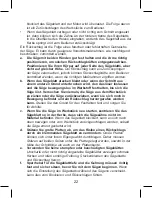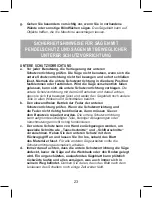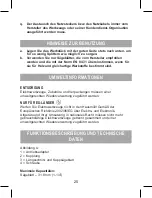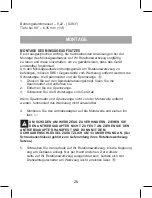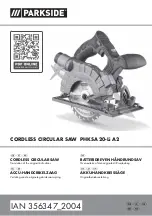
BLADE ASSEMBLY
!
ALWAYS USE DREMEL SAW BLADES. BLADES THAT DO NOT
MATCH MOUNTING HARDWARE WILL RUN ECCENTRICALLY,
CAUSING LOSS OF CONTROL.
1. Mount attachment onto your rotary tool. Be sure rotary tool is unplugged
and the switch is in the OFF position.
2. Press the shaft lock button on your rotary tool. Unscrew the screw from
the mandrel and remove.
9
3. Pushing the guard foot up on the attachment, place the blade onto the
mandrel arbor, making sure the arrows on the blade are facing out and
the blade is resting flat on the shoulder of the mandrel arbor.
Make sure the blade teeth point in the same direction as arrows on
upper guard.
While retracting the lower guard, check operation and condition,
including the spring.
4. Press the shaft lock button on your rotary tool. Replace the screw and
tighten securely.
A
q
OPERATING INSTRUCTIONS
TYPES OF CUTS
The saw blade provided with your attachment is for both cross cuts and rip
cuts. Ripping is cutting lengthwise, with the grain of the wood. Cross cutting
is cutting against the grain.
Your rotary tool should be running at the set speed before starting the cut,
and turned off only after completing the cut.
Primarily for use on wood or wood-like materials. Other materials may
cause blade to wear out prematurely.
Not for use on metal or masonry.
DIRECTIONAL GUIDE
Feed direction for the rotary tool is right to left only.
For a straight 90° cut, use the directional guide on the left side of the guard
to guide your cut. This guide also shows feed direction. Make sample cuts
in scrap lumber to verify line of cut. For minimum splintering, place the good
side of the material face down.
Maximum depth of cut is 6.35 mm (1/4”). Not for cutting radii, curves or bevels.
13
Summary of Contents for 670 Operating/s
Page 2: ...2 1 2 3 4 5 1 2 3 4 6 8 1 2 3 7 1 2 9 ...
Page 3: ...3 1 2 A q A s A a ...
Page 406: ......
Page 407: ......

















